![图片[1]-《Language in use》Sports life PPT课件下载-第一PPT](/images/2025/0402/2_230703092958_1.jpg)
![图片[2]-《Language in use》Sports life PPT课件下载-第一PPT](/images/2025/0402/2_230703092959_2.jpg)
外研版九年级英语上册《Language in use》Sports life PPT课件下载,共27页。
Learning Objectives
By the end of the class, we will be able to:
1. learn the passive voice of past tense;
2. use the passive voice of past tense correctly;
3. do the exercises on the textbook.
一般过去时的被动语态
Liu was encouraged at first to train for the high jump.
Liu Xiang’s ability in hurdling was noticed by Sun Haiping.
我们知道,被动语态的动词形式为“be 动词的过去分词”,其中be为助动词,根据不同的人称和时态有形式的变化。因此,一般过去时的被动语态肯定句的结构为:
主语 was/were 动词过去分词( by 动作执行者)
一般过去时被动语态的各类句式与一般现在时被动语态的各类句式类似,你可以尝试总结吗?
否定句:主语 was/were not 动词的过去分词( by 动作执行者)
e.g.The window was not broken by Tom.
一般疑问句:Was/Were 主语 动词的过去分词( by 动作执行者)
e.g. Was the room cleaned by Tom?
特殊疑问句:特殊疑问词 was/were 主语 动词的过去分词( by 动作执行者)
e.g. When was the book published?
前面我们总结了一般过去时被动语态的各类句式,那么encourage sb. to do sth, allow sb. to do sth.等不定式作宾语补足语的结构在被动语态中如何处理呢?我们来对比一下其主动语态与被动语态的形式:
The school encouraged Liu Xiang to train for the high jump.
Liu Xiang was encouraged (by the school) to train for the high jump.
可以看出,被动语态的句子是把主动语态中的宾语提到了主语的位置,宾语补足语的位置不变。应该注意,这样的句子往往不会提到动作的执行者。这正是被动语态的特点:被动语态强调动作承受者,而不强调动作执行者。
… … …
关键词:Language in use PPT课件免费下载,Sports life PPT下载,.PPTX格式;
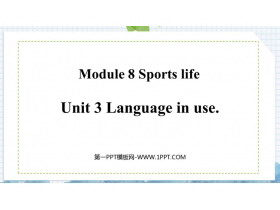
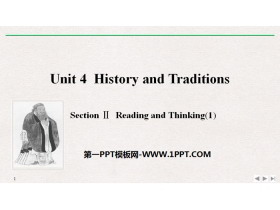
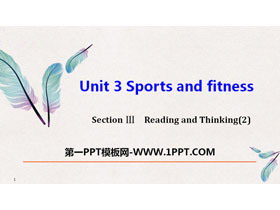
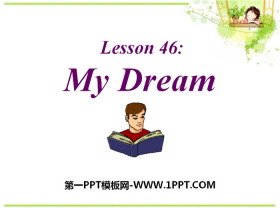
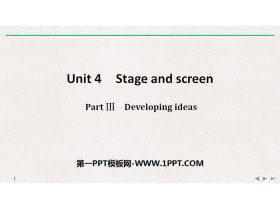










暂无评论内容